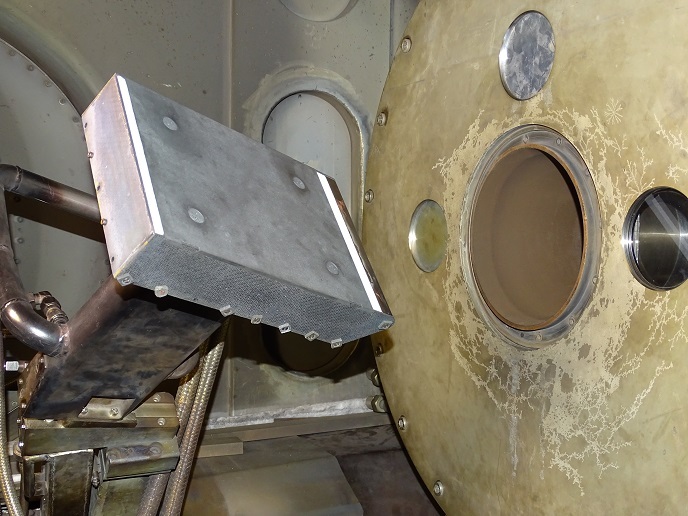Hybrid ceramic materials that take the heat could enable hypersonic flight
Hypersonic travel means moving at Mach five or above, which is at least five times faster than the speed of sound or approximately 6 000 km/h. When moving at such high speeds, the fierce heat generated by air in the atmosphere can undermine the structural integrity of aircraft and rockets. Temperatures hitting the vehicles may rise well above 2 000 °C, while corrosive gases and particles can strongly impact on their surface. Structural problems primarily stem from oxidation and ablation – extremely hot air and gas remove surface layers from the metallic materials of vehicles travelling at hypersonic speeds. Thermal protection systems must withstand such extreme temperatures and intense mechanical vibrations during ascent into orbit or re-entry from Space. In the engine realm, rocket nozzles of rocket motors are confronted with harsh thermochemical and mechanical environments produced by high-performance propellants. Next-generation rocket engines need to be even more scorching to burn less fuel, produce more thrust and carry larger loads. “Ceramic matrix composites, which are made from ceramic fibres embedded in a ceramic matrix, are the only materials that could possibly survive high thermal shocks and critical mechanical stresses. Yet, conventional ceramic matrix composites do not satisfy the associated ablation requirements, causing launch vehicles to be destroyed during re-entry or discarded in Space after their first launch,” notes Diletta Sciti, coordinator of the EU-funded C3HARME(opens in new window) project.
Hybrid ceramic materials push the envelope further
C3HARME developed and tested a new class of hybrid materials called ultra-high-temperature ceramic matrix composites (UHTCMCs) that combats the problems associated with hypersonic flight. This new class brings together lightweight ceramic matrix composites, which have high thermal shock resistance and toughness, and their heavier and harder counterparts – ultra-high-temperature ceramics – which show lower erosion beyond a certain temperature. These hybrid materials also enable experimental tinkering and tailoring of their structure across all scales. What makes these materials unique is that they have been made using advanced processes that reduce synthesis time and costs. Researchers tapped into the potential of spark plasma sintering that allows ultrafast consolidation, and polymer infiltration and pyrolysis, which is the standard method for fabricating current ceramic matrix composites containing silicon carbide or carbon matrices. The team managed to produce more than 1 000 samples of different shapes. “We have broken the record for the thickest disc ever synthesised, with a total height of 160 mm and weight of 11 kg – a benchmark for spark plasma sintering,” adds Sciti.
Self-healing, cost-efficient materials
Under certain conditions, UHTCMCs can repair incipient damage before it has a chance to spread. Under thermal stress, the nanosized substances added in the ceramic material formula trigger the formation of an external solid protective layer and an internal liquid phase that heal the flaws. This self-healing ability enables rocket reusability for several re-entries. “The newly developed materials demonstrated near-zero erosion and ablation compared to carbon-carbon composites that are currently used in rocket nozzles,” notes Sciti. “The availability of a new family of materials that offers structural integrity, thermal protection and near-zero erosion and ablation will foster the development of more efficient propellants, while reusable components will reduce cost and waste.” The potential applications of UHTCMCs go well beyond hypersonic flight. The new materials could be used to extend material lifetime in next-generation nuclear reactors or concentrating solar power systems.







